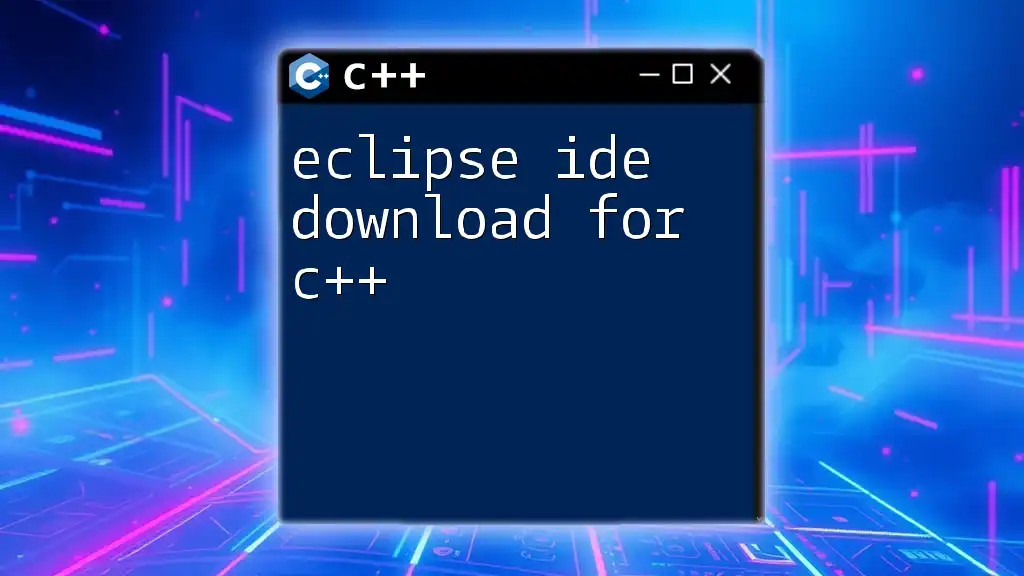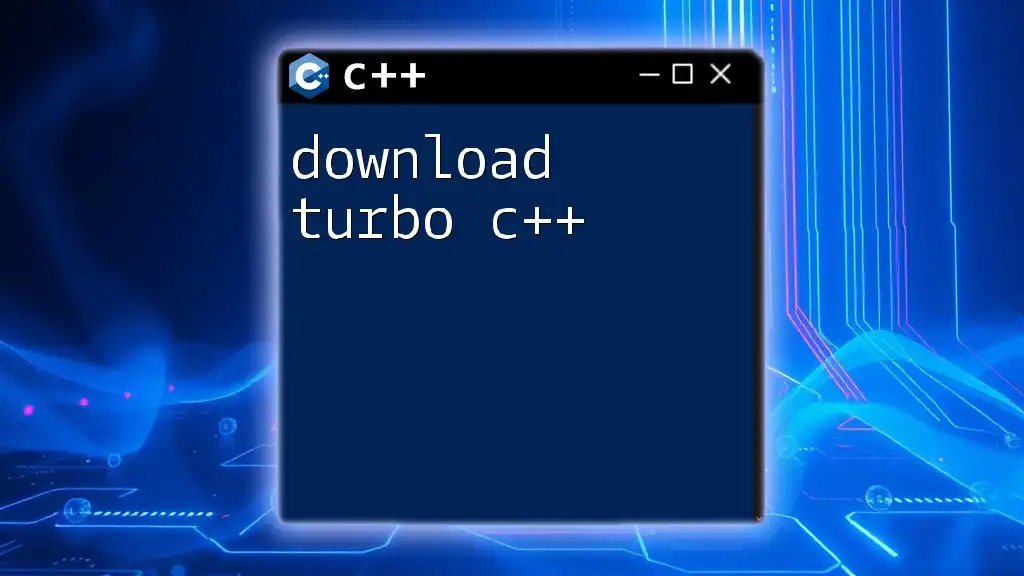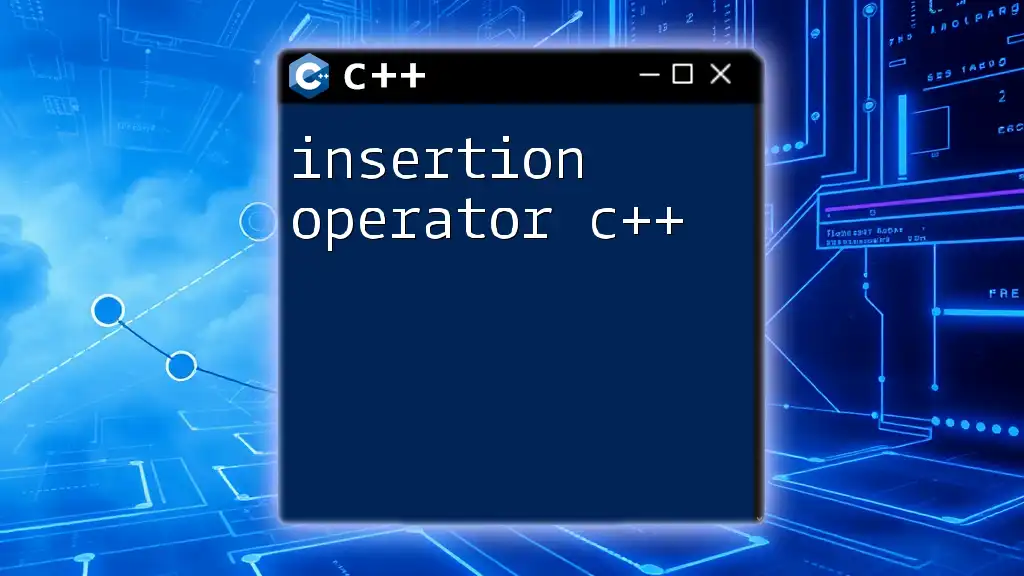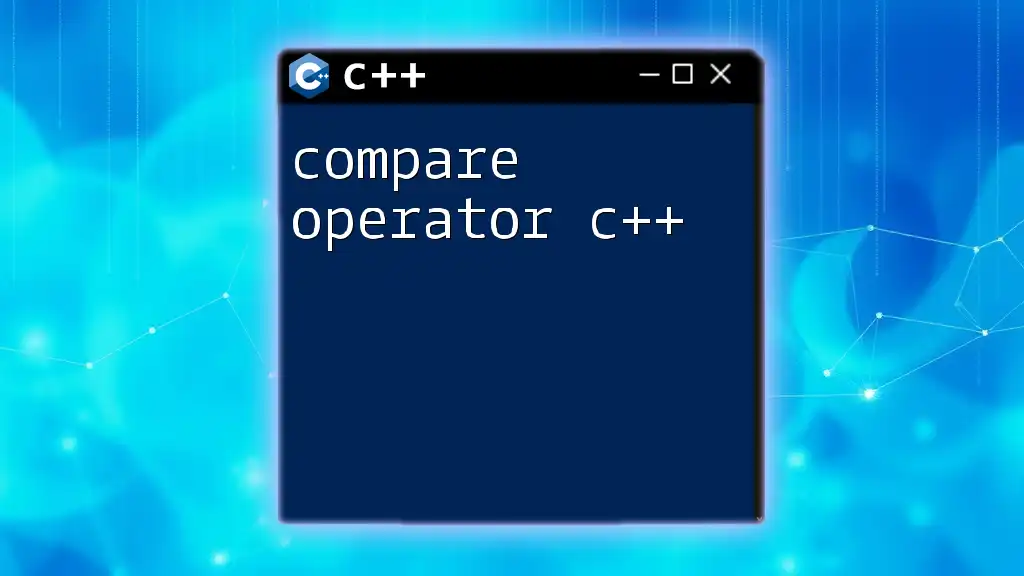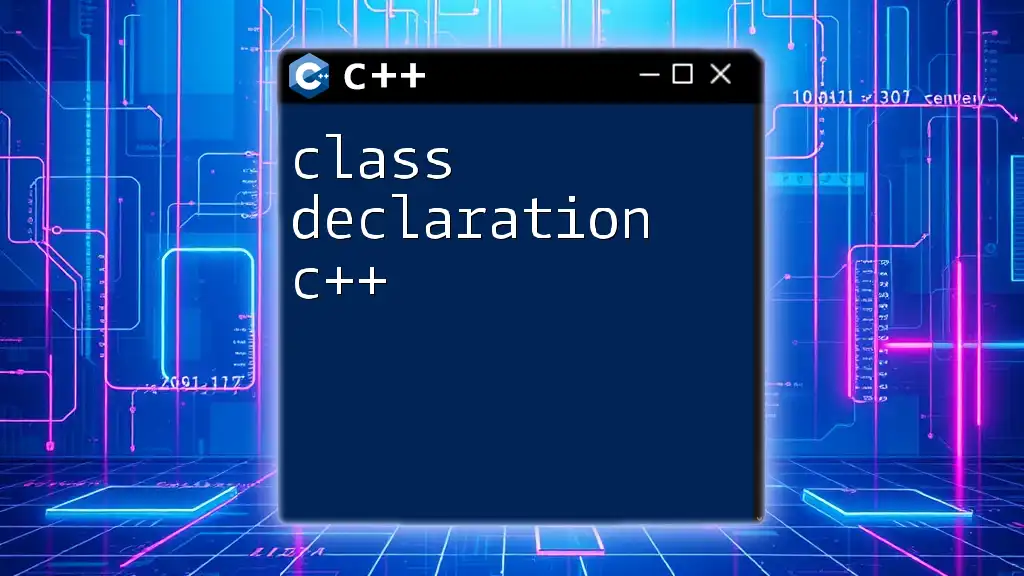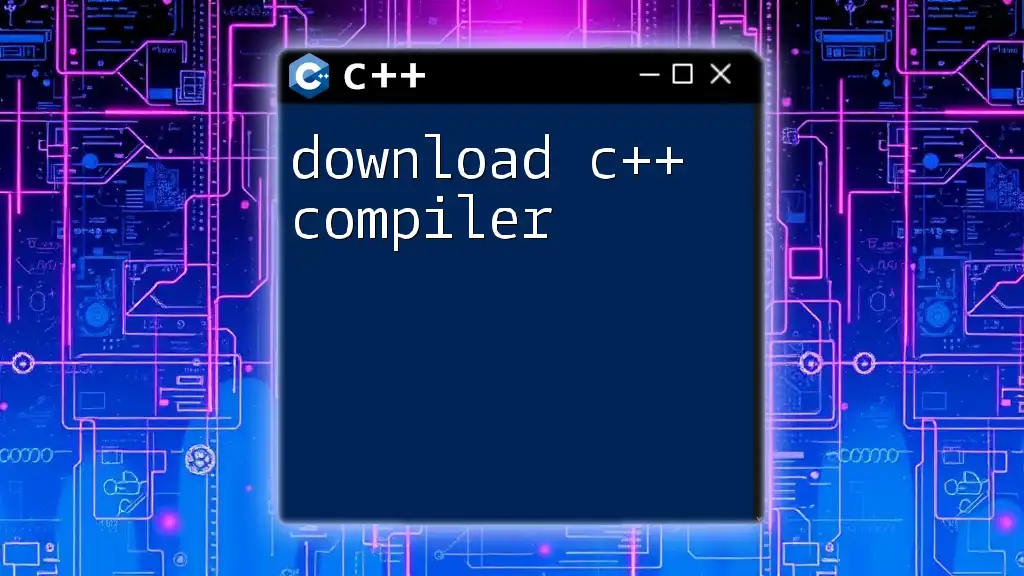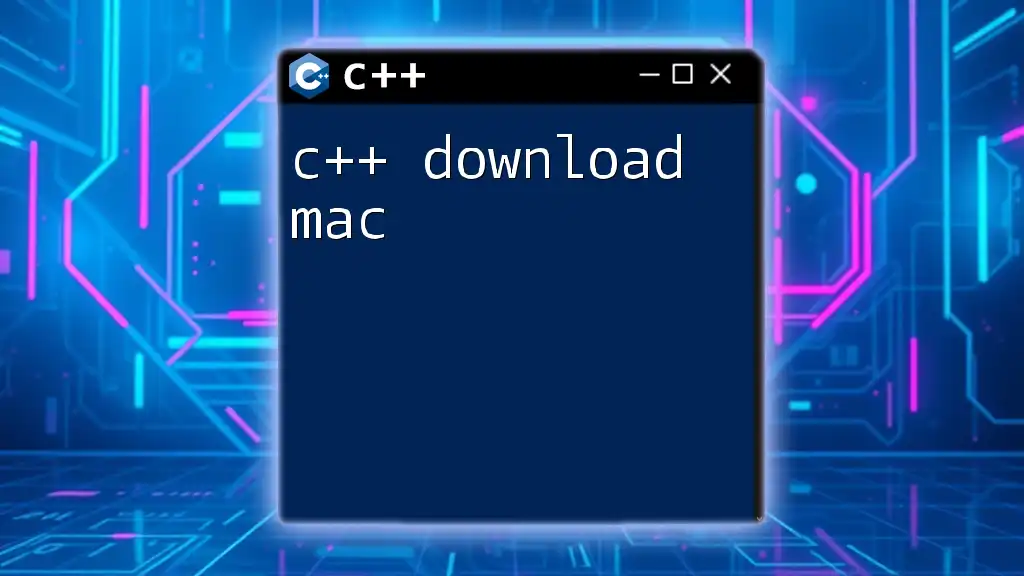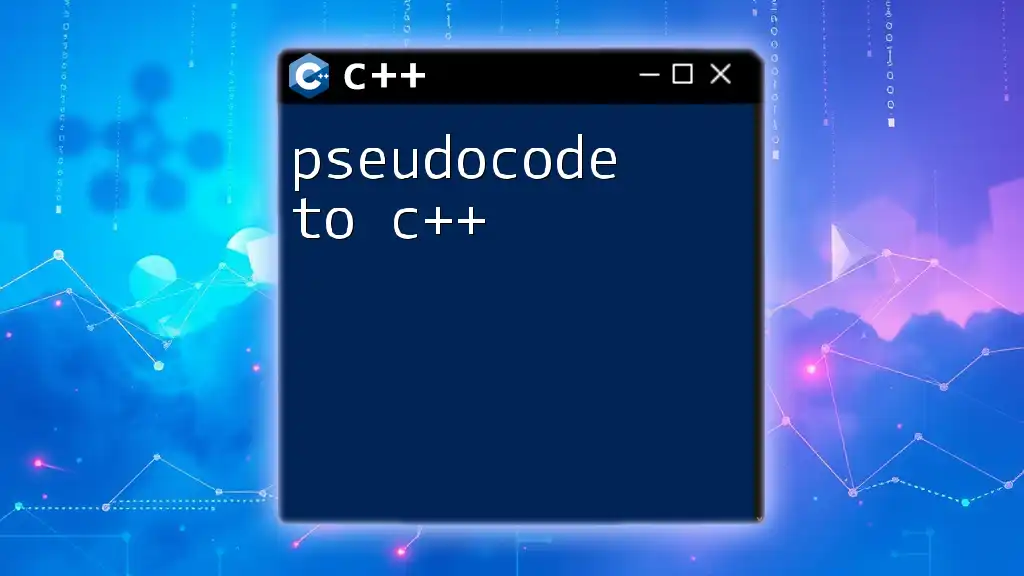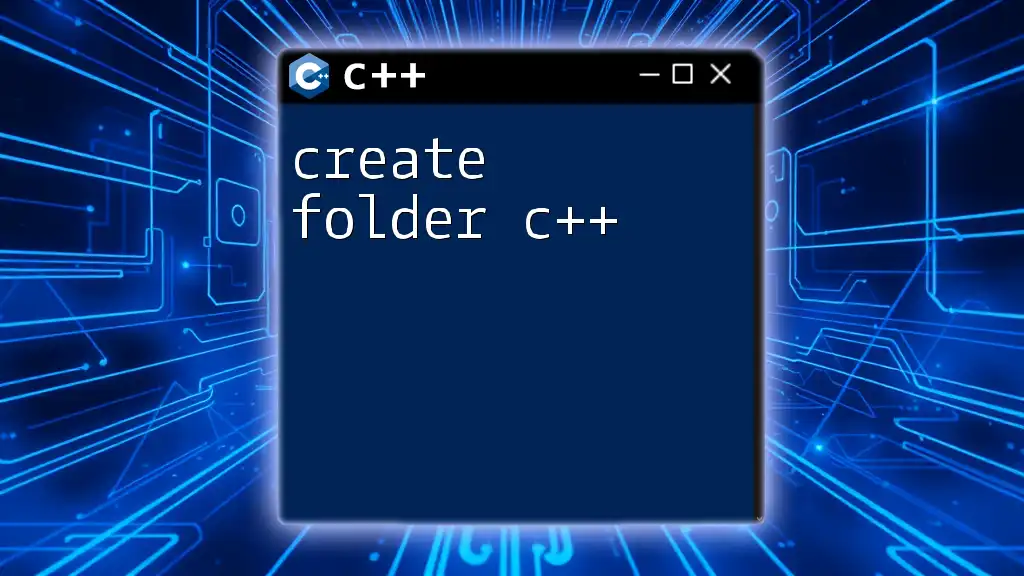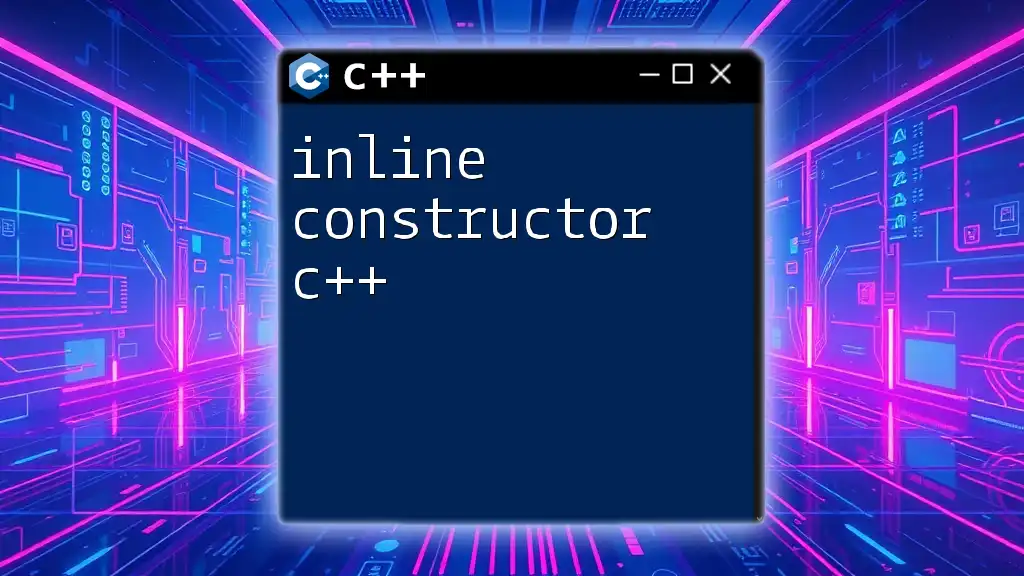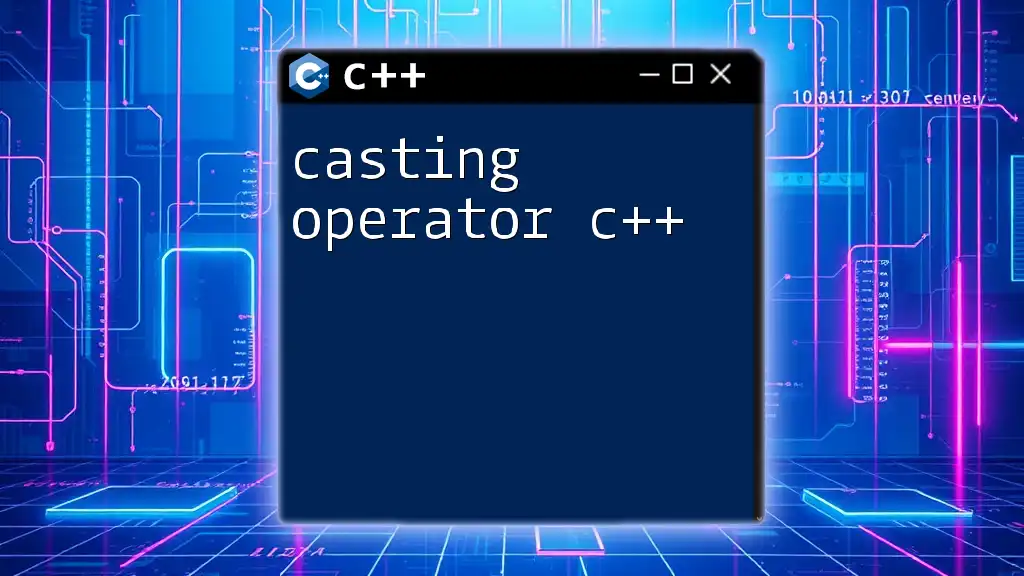To download and set up Eclipse IDE for C++ development, visit the official Eclipse website, select the C/C++ Development Tools package, and follow the installation instructions.
Here’s an example of a simple C++ program you might write in Eclipse after installing it:
#include <iostream>
int main() {
std::cout << "Hello, World!" << std::endl;
return 0;
}
What is Eclipse IDE?
Eclipse IDE is an Integrated Development Environment designed to provide developers with comprehensive tools to efficiently write, compile, and debug code. Featuring a modular architecture, it supports a variety of programming languages through plugins. Primarily known for Java development, Eclipse IDE has robust support for C++ as well, making it a popular choice among C++ developers.
Why Choose Eclipse IDE for C++?
Choosing Eclipse IDE for C++ programming presents several advantages:
- Extensive Plugin Support: Eclipse has a wide array of plugins available, enhancing its functionality for specific tasks.
- Open-source: It is free to use and includes a strong development community that contributes to its improvement and troubleshooting.
- Cross-platform: Eclipse is available on various operating systems, allowing for a consistent development environment regardless of the device used.
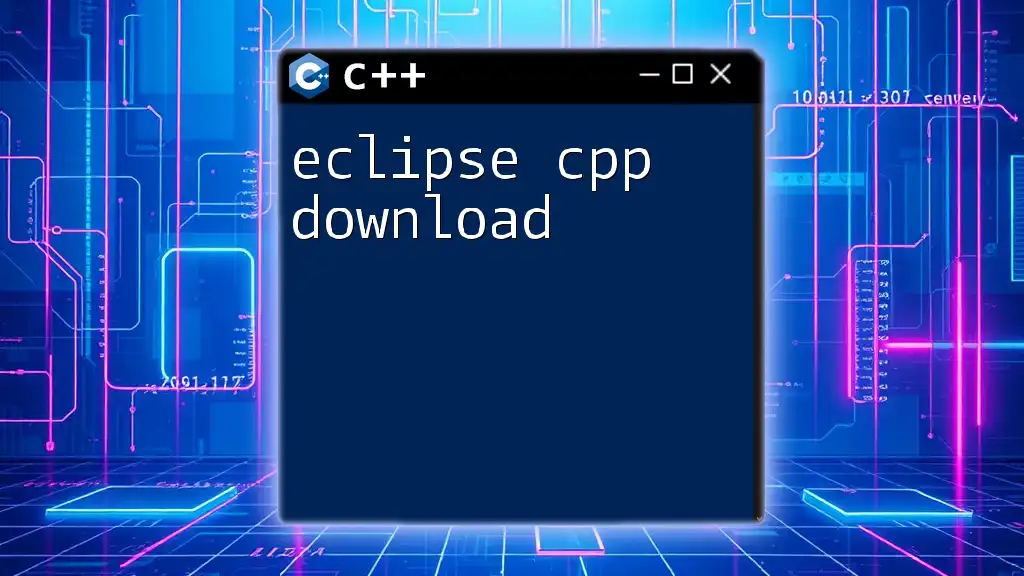
System Requirements
Minimum Requirements
Before you download Eclipse IDE for C++, ensure your system meets these minimum requirements:
- Operating Systems: Windows, macOS, or Linux
- Hardware Resources: A computer with at least 1 GB RAM (2 GB or more recommended), a minimum of 300 MB hard disk space, and a good processor to handle the IDE.
Recommended Requirements
For an optimal experience, it’s advised that the following specifications are met:
- Operating System: Latest versions of Windows, macOS, or a preferred Linux distribution
- RAM: 4 GB or more
- Processor: Dual-core or higher
- Storage: SSD storage for faster load times
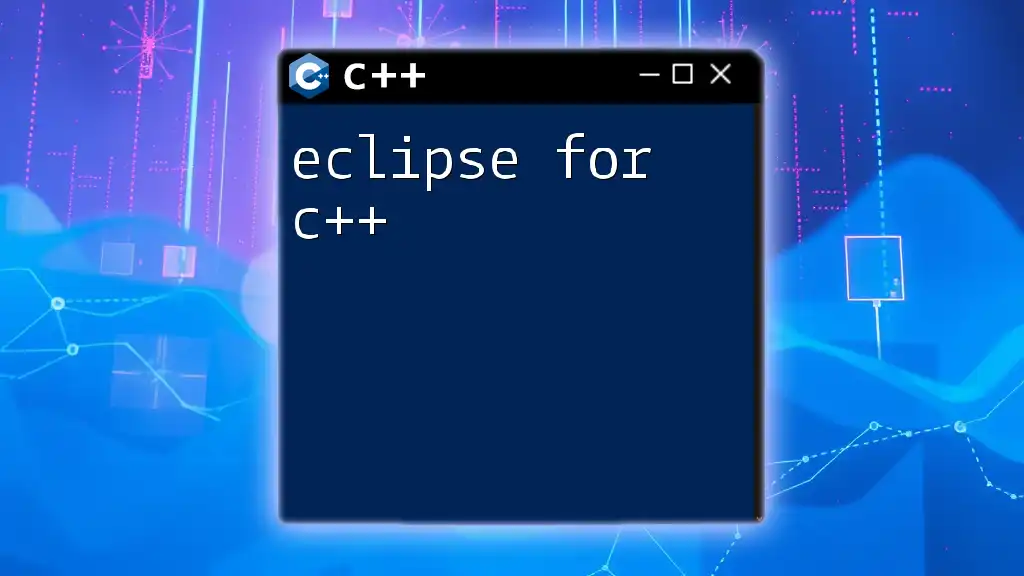
How to Download Eclipse IDE for C++
Step-by-Step Guide
Visit the Official Eclipse Website
To initiate your Eclipse IDE download for C++, navigate to the [official Eclipse website](https://www.eclipse.org/downloads/). The homepage includes a user-friendly interface guiding users to the download options.
Choosing the Right Package
Eclipse offers multiple packages tailored to specific development needs; for C++, ensure you select the Eclipse IDE for C/C++ Developers. This package comes pre-configured with essential tools, including the C/C++ Development Tooling (CDT).
Downloading the Installer
After selecting the appropriate package:
- Select Your Platform: Choose the version that matches your operating system (Windows, macOS, or Linux).
- Click on the Download Button: Follow the prompts to download the installer. Choose the latest stable version to ensure you’re working with updated features.
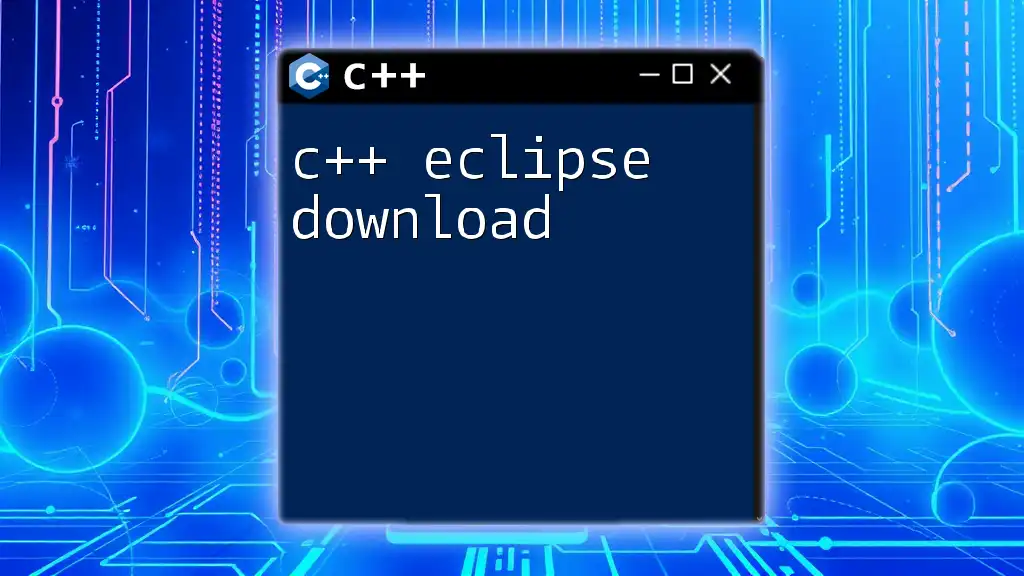
Installing Eclipse IDE
Installation Steps
Windows Installation
- Run the Installer: Locate where the installer was downloaded, right-click it, and run it as an administrator.
- Installation Directory: Choose a destination folder where Eclipse will be installed. It's wise to opt for a location in your "Program Files" for organization.
- Follow the Prompts: Complete the installation by following the on-screen instructions until the process is finished.
macOS Installation
For macOS:
- Open the Downloaded Archive: This will usually be a `.dmg` file.
- Drag and Drop: Simply drag the Eclipse IDE icon into the Applications folder.
- Permission Settings: You may need to grant permissions upon first opening the application due to security settings.
Linux Installation
On Linux, installation can be slightly different:
- Extracting the Files: Open a terminal and navigate to the download directory. Use the following command:
tar -xzf eclipse-inst-linux64.tar.gz - Running Eclipse: Run the Eclipse executable by navigating to the extracted directory and executing:
./eclipse
Post-Installation Configuration
Workspace Setup
When you run Eclipse for the first time, you’ll be prompted to select a workspace. This is the directory where your projects will be saved. Ensuring your workspace is organized from the start can save time and frustration later.
Installing C++ Development Tools
Installing CDT (C/C++ Development Tooling)
To effectively develop C++ programs, it’s essential to install the CDT:
- Go to Help -> Eclipse Marketplace.
- Search for "C/C++ Development Tools" and click "Go."
- Install CDT by following the prompts. Once installed, restart Eclipse.
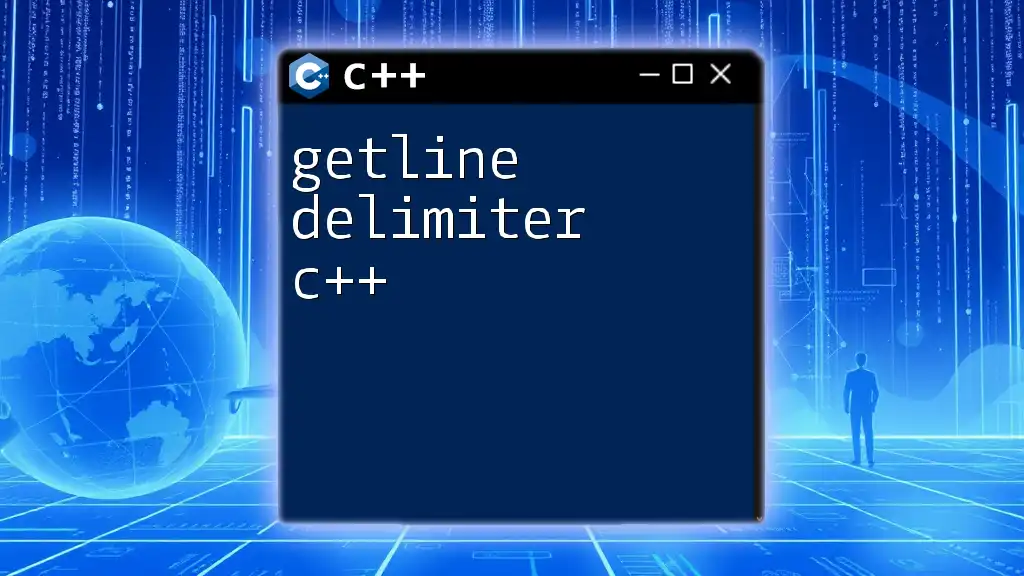
Setting Up Your First C++ Project
Creating a New C++ Project
To begin coding in C++, create a new project:
- Navigate to File -> New -> C++ Project.
- Select a project type (e.g., Executable -> Empty Project).
- Name your project and select the appropriate toolchain (typically GNU).
Writing a Simple C++ Program
Once your project is set up, write a simple C++ program. Below is an example code snippet to get you started:
#include <iostream>
int main() {
std::cout << "Hello, Eclipse IDE!" << std::endl;
return 0;
}
This code simply outputs "Hello, Eclipse IDE!" to the console. It's an excellent way to verify that your IDE configuration is correct.
Building and Running the Project
After writing your code:
- Build the Project: Click on Project -> Build All to compile your code.
- Run the Program: From the main menu, select Run -> Run to execute the program. If everything is set up correctly, your output will display in the console.
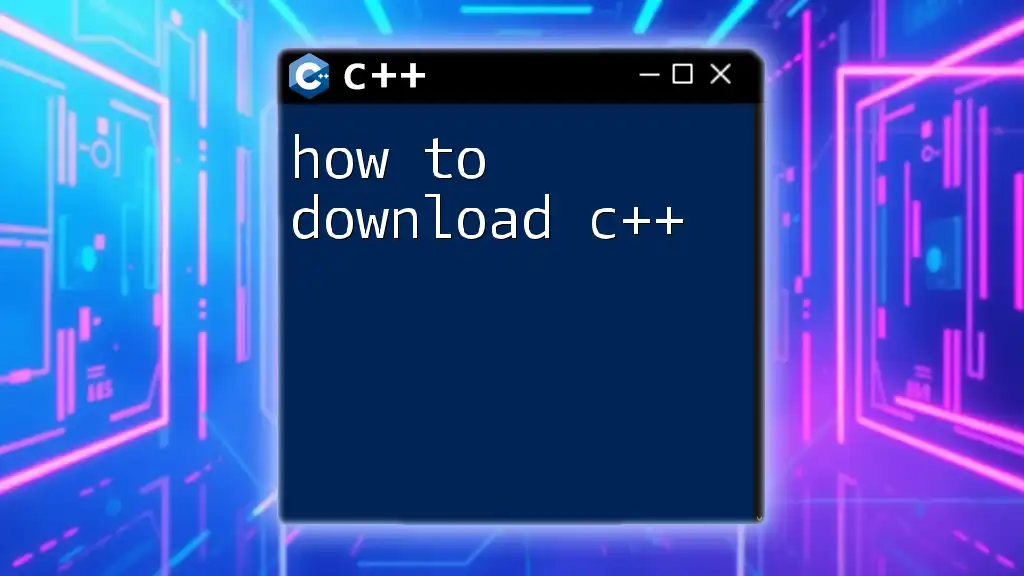
Customizing Eclipse IDE for C++
Changing Themes and Layouts
To make your development environment more comfortable:
- Go to Window -> Preferences.
- Under the Appearance tab, you can change themes and layouts to suit your personal preferences. Dark mode would be a popular choice for those who work long hours.
Installing Useful Plugins
Enhance your development experience by exploring additional plugins:
- Code Formatting and Linting Tools: Tools like Eclipse Formatter help you maintain consistent coding styles.
- Debugging Plugins: Consider plugins that enhance debugging capabilities within the IDE.
Keyboard Shortcuts and Efficiency Tips
Learning keyboard shortcuts can significantly increase your productivity in Eclipse. Familiarize yourself with common shortcuts such as:
- Ctrl + N: Create a new file
- Ctrl + S: Save file
- F11: Run the last launched application
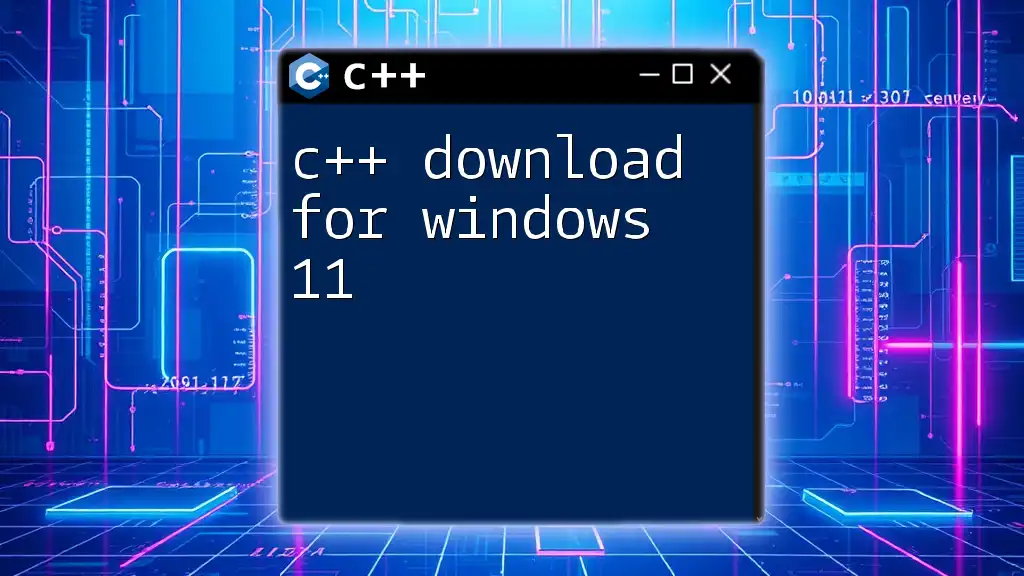
Common Issues and Troubleshooting
Installation Errors
If you encounter issues during installation, here are typical problems and remedies:
- Insufficient Permissions: Always run the installer with administrative rights.
- Incorrect Version: Ensure you have selected the correct installer for your operating system.
Runtime Errors
For resolving runtime errors, Eclipse provides built-in debugging tools:
- Utilize console outputs to understand errors.
- Check log files in the workspace to gain insights into the source of issues.
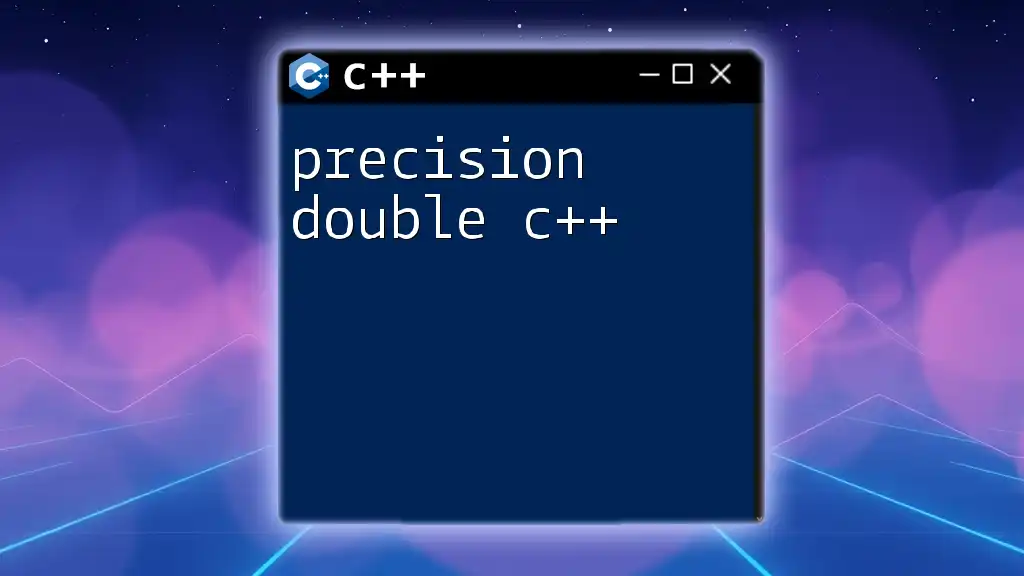
Conclusion
In summary, downloading and setting up Eclipse IDE for C++ is a straightforward process. By following these steps, you have equipped yourself with a powerful tool necessary for developing C++ programs efficiently. Now, it's time to download the IDE and immerse yourself in coding!
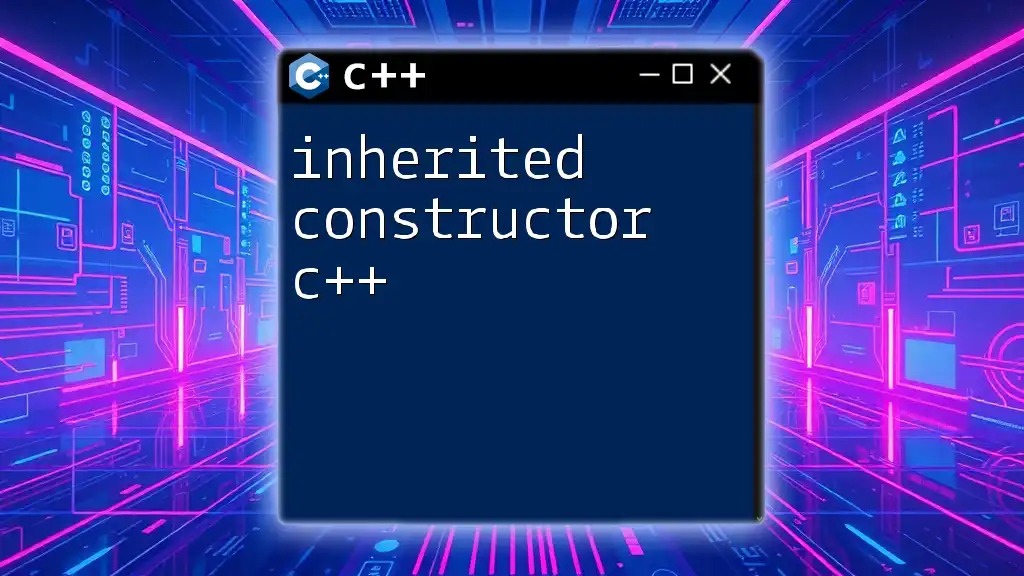
Additional Resources
For further learning, check out:
- [Official Eclipse Documentation](https://help.eclipse.org/)
- Online C++ tutorials available on educational platforms like Coursera or Udemy.
- Participate in community forums for support and peer learning.
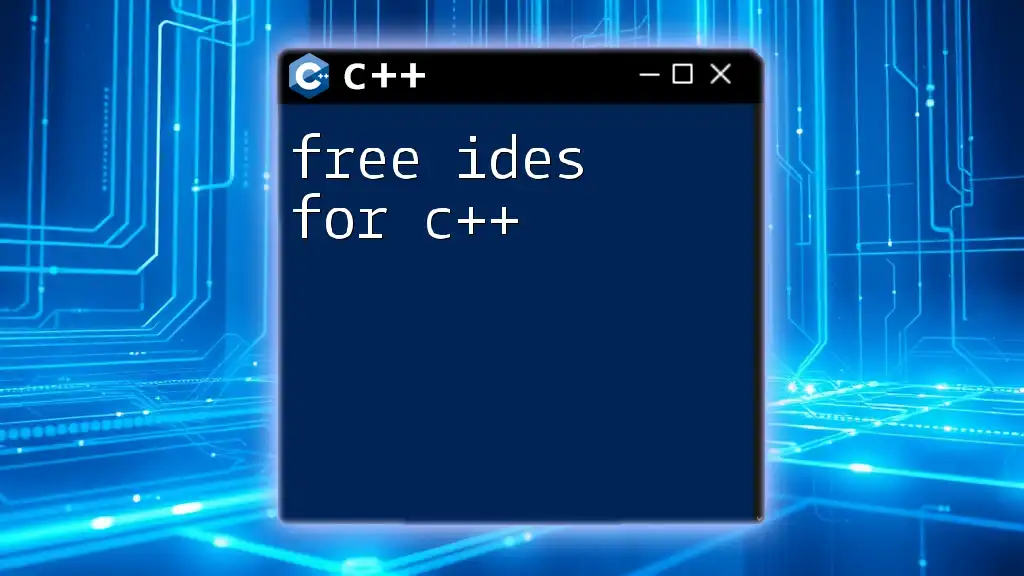
Frequently Asked Questions (FAQs)
How do I update Eclipse IDE? Updating Eclipse is simple. Use the Help -> Check for Updates feature within the IDE.
Can I use Eclipse IDE for other programming languages? Yes! Eclipse supports several programming languages through various plugins, making it versatile for different development needs.
By following this comprehensive guide, you can confidently navigate the Eclipse IDE download for C++, ensuring a smooth start to your programming journey.

